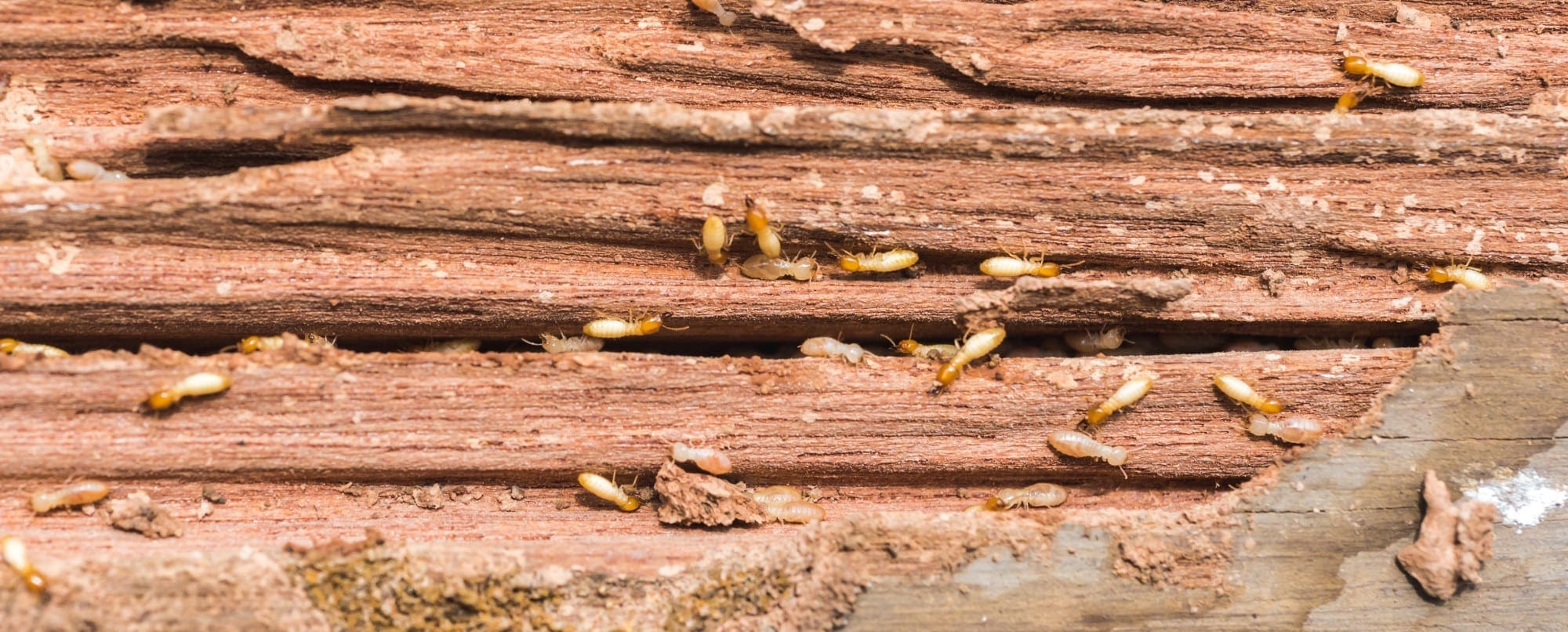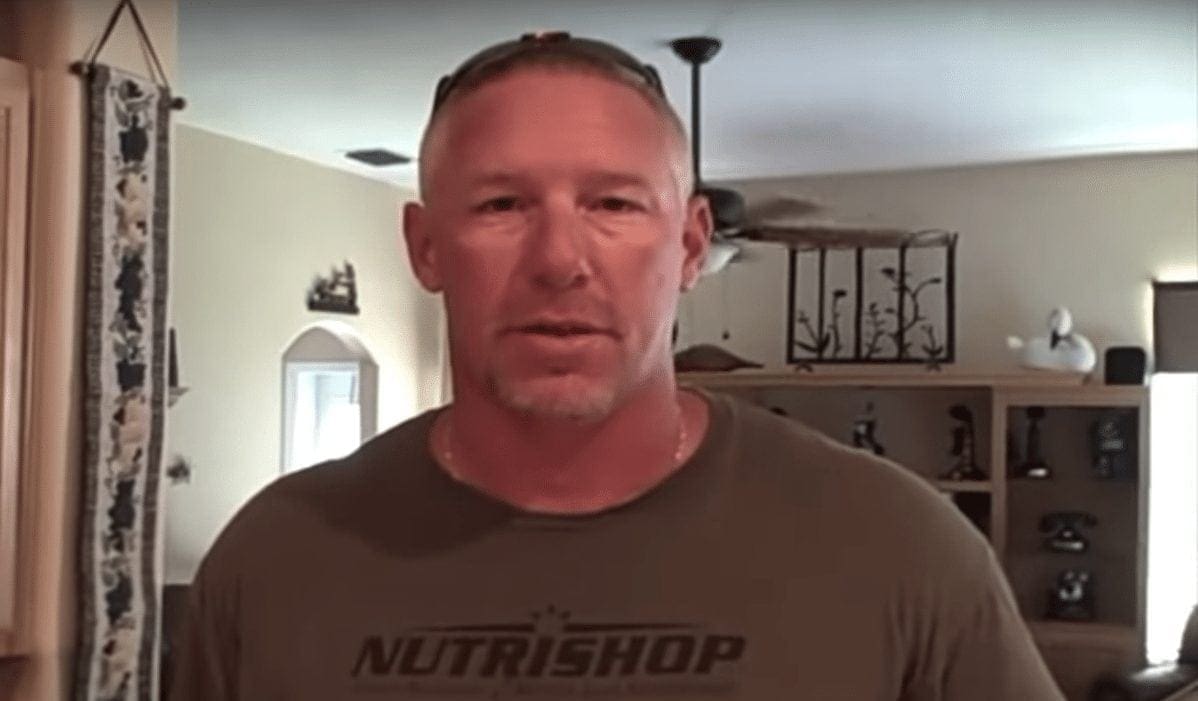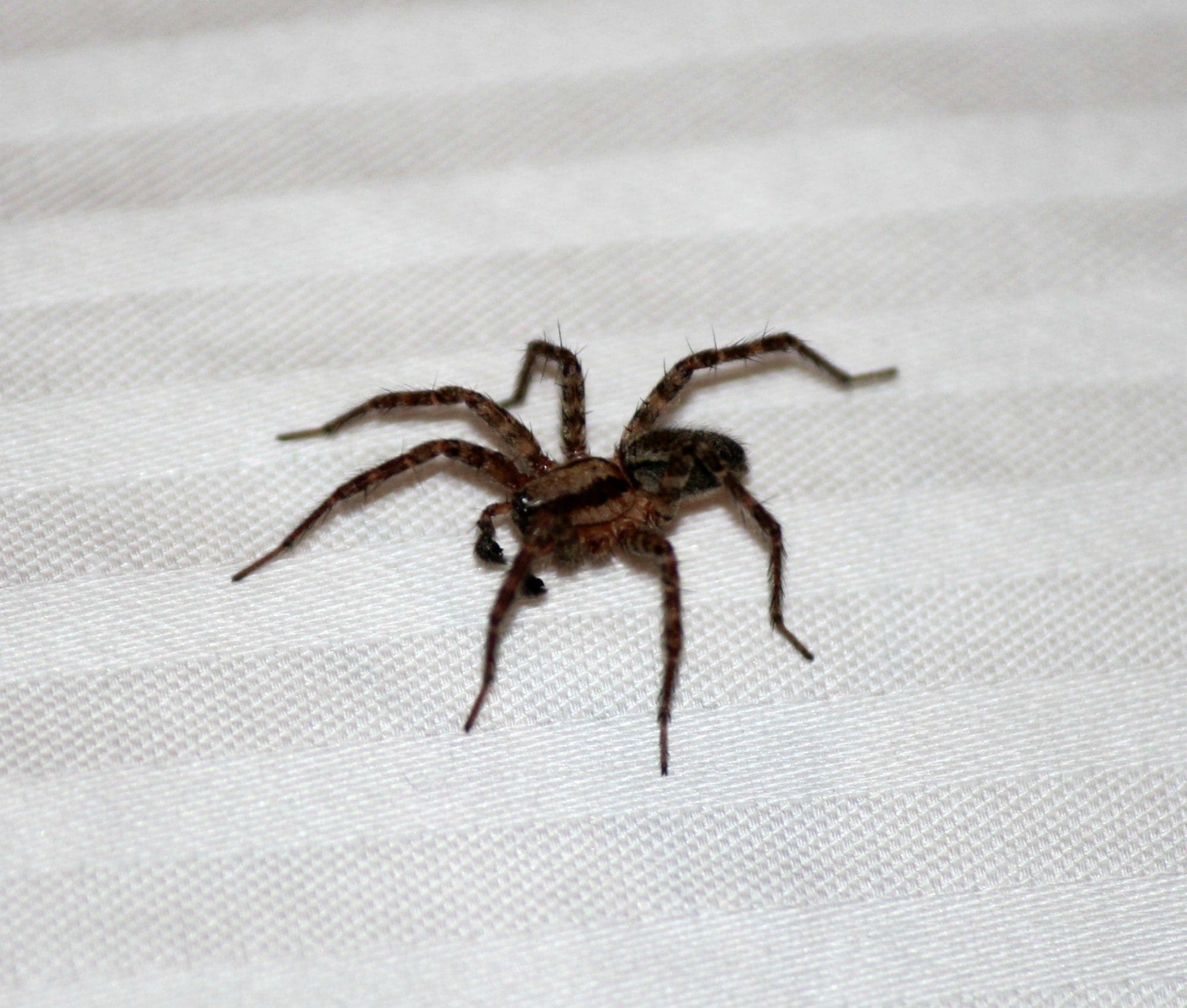Did you know that homeowners across the United States spend upwards of $2 billion each year dealing with termites? These tiny insects are a homeowner’s nemesis, and despite their tiny size, they can wreak major and expensive damage.
When these wood-destroying pests decide to feast on your home, it’s time to get serious about evicting them and preventing their return.
Becoming an informed homeowner is the first step to protecting your home and your wallet from termites. As a result, it is important to know as much as possible about termite tenting and how it can help.
What is Termite Tenting and How Does It Work?
Termite tenting involves covering a home or an infested area with a large tent that acts as a seal wherever the termite problem exists in the structure. Once the area is covered and controlled by the tent, a gas that is poisonous to termites is pumped inside.
This method is typically used when termite infestations have reached critical levels or the infestations are located in difficult-to-reach places with regular measures and tactics.
To begin, the homeowner will have to clear out many items, such as food, medicine, tobacco products, plants, and pets. Open drawers, closets, cabinets, drapes, blinds, and windows to allow the clear flow of the gas. Turn off all air conditioning units and unplug all heating elements, pianos, organs, televisions, etc. You will also want to make arrangements with your utility company to turn off the gas at the main valve/tank.
How Effective is this Method?
Once the termite tenting process is complete, all termites will be eliminated. Since the gas leaves no residue, insects can immediately enter your house. An invasion of ants is common after tent fumigation because they are attracted to dead insects, so don’t be alarmed at the sight of ants. Because the gases do not work against termite eggs, you may notice a small number of termites in your home after fumigation, but don’t panic.
The population of the colony will be so small it will most likely not be able to reproduce and will die off or be eaten by other common insects. You also have the option of spot treating the remaining termites that hatched after the tenting process.
Tenting is nearly 100% effective in eliminating widespread termite colonies. This method provides a simple solution for infestations in hard-to-reach places as well.
And the best part? We offer a 100% risk-free renewable and transferable two-phase termite guarantee. What does this mean?
- If after 120 days and up to 5 years, we uncover a new colony of live subterranean termites, we will refund your money.
- If we uncover a live colony of subterranean termites, we will retreat your home for free, even if you sell the home. And this guarantee is transferrable to the new homeowners as well!
Is It a Safe Option?
As with all pesticides, there is some risk when it comes to their use. When done by a professional, the process will not put you or your family at risk. Some homeowners may experience allergic reactions to pesticides, so it’s best to fully ventilate your home before returning.
Once a home has undergone the tenting process and has been properly ventilated, our professionals will let you know when it’s safe to re-enter. As stated above, the tenting process leaves no residue in the home, so it is a safe option for homes with kids and pets.
Want to Learn More?
Termite infestations can happen to anyone, so it’s best to be prepared and know exactly what to do if an infestation occurs. Take a look at our blog for important tips, guides, and information on common household pests to keep your home free from pests and the damage they cause.




